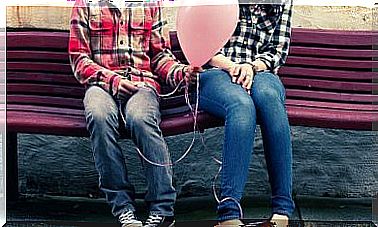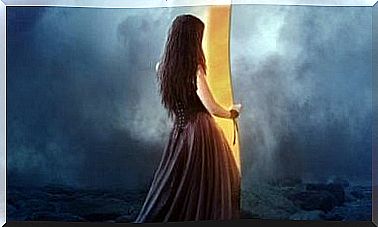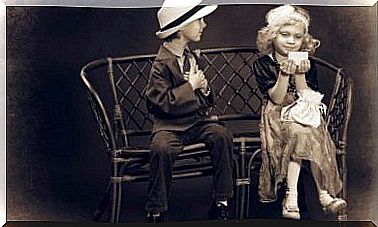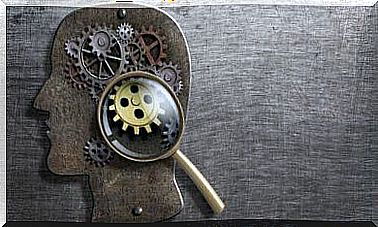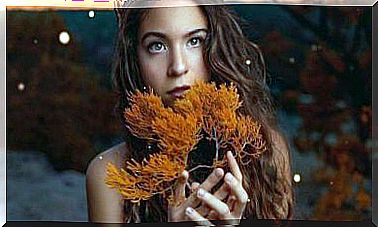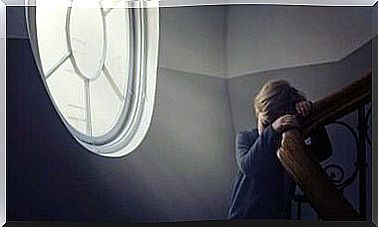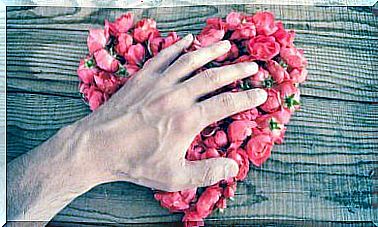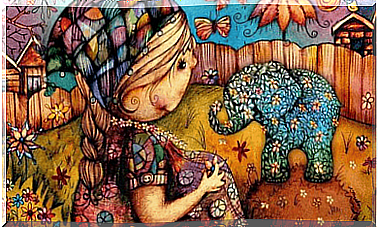Francisco Goya, Biography Of The Great Spanish Painter
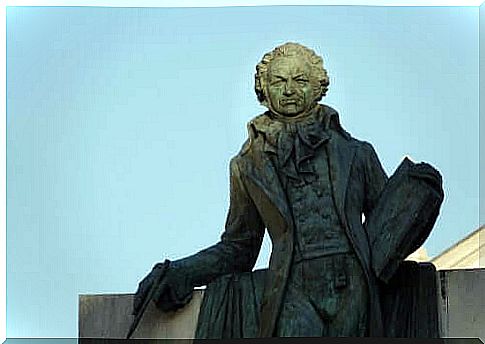
Francisco Goya was a Spanish painter famous for his portraits. He was also the favorite of the Spanish nobility and for this reason he received an immense amount of commissions.
His portraits were personal and unique visions that he imprinted on the canvas without artificial embellishment. Goya therefore adopted a non-idealized naturalistic style.
Francisco Goya is in fact considered the best Spanish painter, active between the end of the 18th and the beginning of the 19th century. In this sense, his portraits, paintings, engravings and frescoes marked the beginning of the era of contemporary painting.
Childhood and youth of Francisco de Goya
Francisco José de Goya y Lucientes was born on March 30, 1746 in Fuendetodos, Aragon, Spain. His father was a master gilder of Basque origin, José Benito de Goya y Franque. His mother was a farmer named Gracia de Lucientes y Salvador.
When he was still young, his family moved to Zaragoza. A short time later, at the age of 14, he began working as an apprentice to the painter José Luzán. From him, in the first four years, he learned to paint imitating the works of great masters. A very common teaching method at the time.
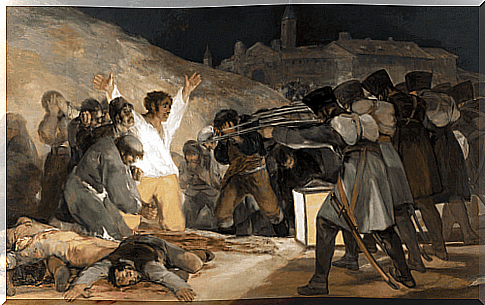
He later moved to Madrid to study with the German painter Anton Raphael Mengs. However, at the time, young Goya’s art was not very academic.
He presented himself at the Real Academia de Bellas Artes de San Fernando in the years 1763 and 1766. On both occasions he was denied admission. Subsequently, he moved to Rome in 1771, where he was a finalist in a painting competition in the same year. He returned to Zaragoza for several projects, but always for short periods.
Within a few years, Goya came to study with Francisco Bayeu and Subias, which gave him initial success and recognition.
Early career
His friendship with Francisco Bayeu earned him entry into the royal workshops in 1774, under the direction of the master Mengs. This was a decisive year in the life of the painter, as it will usher in a period of great solidity and originality.
In the royal tapestry workshops in Madrid, his job was to prepare the design for the tapestries. This work proved to be a blessing for Goya’s artistic development.
Over the next five years, he completed more than 60 drawings depicting scenes from everyday life. Many of his designs were used to decorate the Spanish royal residences of San Lorenzo del Escorial and El Pardo .
Francisco Goya was able to quickly rise in position in the Spanish court. In 1779 he was appointed painter of the royal court and elected a member of the Real Academia de Bellas Artes in 1780.
In March 1785 he was appointed Deputy Director of Painting at the San Fernando Academy. Finally, despite being young by the standards of the time, in 1786 he obtained the title of painter to the king.
During those years, he began to gain more and more notoriety as a portrait painter in several royal circles. In a short time he made portraits for the Count of Floridablanca, the Crown Prince Don Luis and the Duke and Duchess of Osuna. Thus, his reputation as a portrait painter increased.
Works and style
Goya created a series of masterpieces that reflect his unique style and talent. Among the most famous works we find The Black Paintings , La Maja desnuda and La Maja vestida .
These last two paintings are considered Goya’s masterpieces, also thanks to the legend about them, as well as the images themselves. It should be noted that the Maja desnuda is the first female figure in the history of painting to show pubic hair. This was absolutely scandalous for the time.
In 1815, this painting caused him some problems with the Inquisition. However, he managed to get out unscathed thanks to the intercession of powerful figures in his circle.
His Desastres de la guerra , made around 1810, is believed to be a representation of the May 2 Uprising. The revolt occurred in 1808 and led to the Spanish War of Independence from 1808 to 1814.
The paintings El 3 de mayo in Madrid and La carga de los mamelucos, from 1814 , were inspired by these battles. These works portray the horrors of the war between Spain and France and the consequent loss of life.
His works influenced, to a large extent, the next generation of 20th-century artists. Goya had a special influence on Pablo Picasso, Paul Cézanne Edgar Degas, Francis Bacon and Edouard Manet.
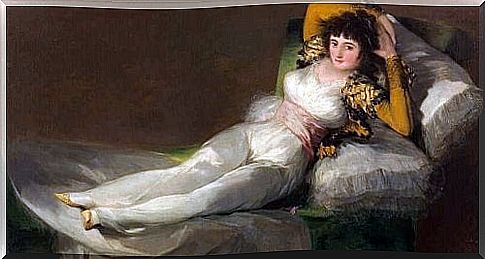
Personal life of Francisco de Goya
In June 1773, he married Doña Josefa Bayeu y Subias, the sister of his painting teacher, Bayeu. Although the couple had several children, only one survived to adulthood, Xavier. Subsequently, he married for the second time with Leocadia Weiss, with whom he had a daughter, Maria Del Rosario Weiss.
In 1793, at the age of 47, the artist contracted a disease that would affect his professional and personal life. The exact disease that struck him is not known, apart from the fact that it had a rapid course. It took the artist nearly two years to recover. He also had serious consequences, the most important of which was deafness.
Many historians are inclined to think that this condition marked the beginning of his Black Paintings. Obviously, the illness coincided with the works in which his imagination manifested itself more freely.
The last years
In 1819 he moved near Madrid, where he bought a house along the Manzanarre River, called Quinta del Sordo (Farm of the deaf). A few years later, in 1824, he moved first to Bordeaux and then to Paris.
He returned to Spain in 1826, only to return to Bordeaux a short time later. In France, he suffered a stroke in April 1828, where he died at the age of 82.
He was buried in Bordeaux, in the Pantheon of illustrious men at the cemetery of San Isidro. The remains of the master were exhumed and buried in the Royal Chapel of San Antonio de La Florida, in Madrid, in 1919.
Several films have been produced to tell about his life. He was certainly an illustrious figure of world art. These include La Maya desnuda (1958), Goya (1999), The Last Inquisitor (2006) and the documentary Goya – Crazy Like a Genius (2012).
